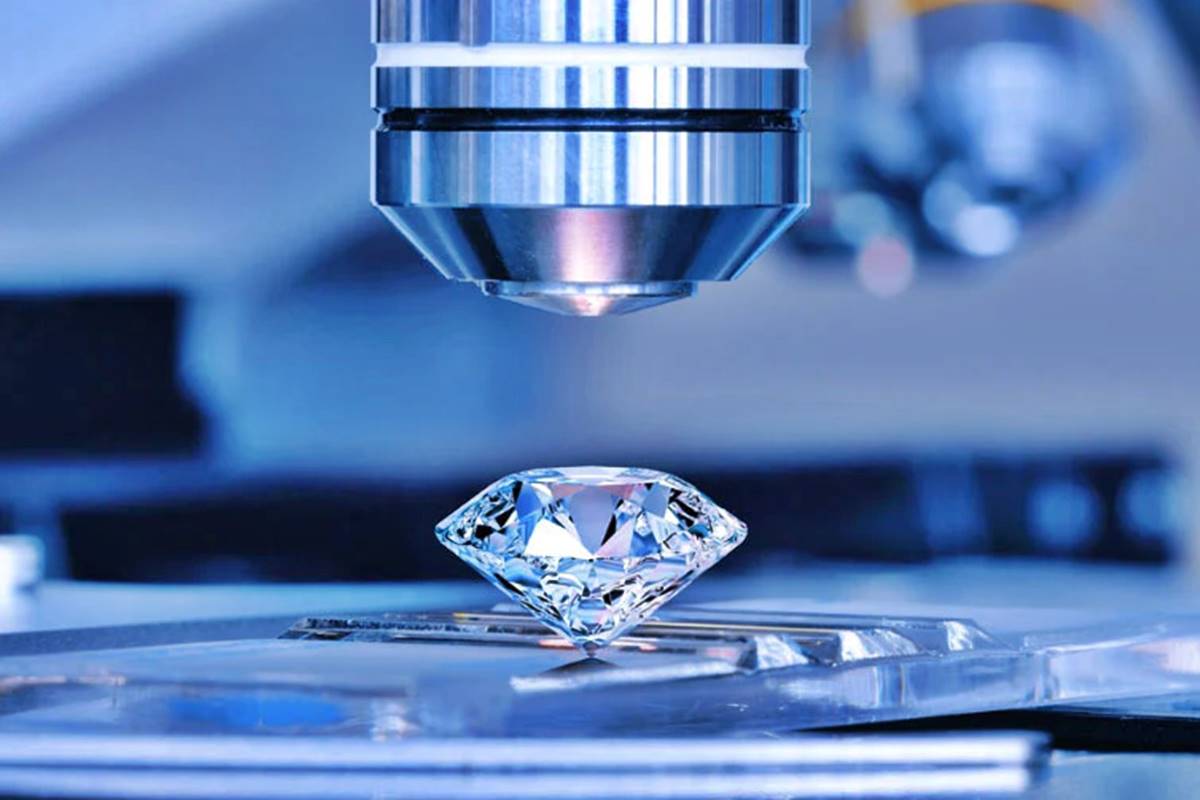Kali idol jewellery robbed
Gold and silver jewellery of Kali idol was stolen from a temple after the pujas that ended wee hours of Friday at a village in Ausgram, East Burdwan.
Explore the rise of lab-grown diamonds as a sustainable and affordable alternative to mined gems, reshaping the jewelry industry.

Representative Image
In recent years, lab-grown diamonds have captured the attention of Indian consumers as an alternative to naturally mined diamonds. First created in 1954 in America, man-made diamonds began to gain traction only recently.
Prominent global figures like Emma Watson and Meghan Markle endorsing the more affordable and sustainable diamond option, coupled with renowned brands like Pandora promoting lab-grown stones, has fueled a surge in demand in various countries. Industry analyst Paul Zimnisky notes a staggering increase in global sales of lab-grown diamonds, rising from under $1 billion in 2016 to almost $12 billion in 2023.
With India dominating the diamond market, cutting and polishing nearly 90% of the world’s diamonds in Surat, the country has experienced significant growth in the diamond sector. In the realm of lab-grown diamonds, India has primarily been export-oriented, boasting a 25% market share in production. Export data reveals a threefold increase in the value of lab-grown diamond exports from India between 2019 and 2022, with export volumes rising by 25% between April and October 2023 compared to the same period the previous year.
Advertisement
The rapid expansion of these diamonds underscores the ongoing debate among consumers regarding the pros and cons of man-made versus mined diamonds. Lab-grown diamonds possess identical physical and chemical attributes to natural diamonds and adhere to the same evaluation criteria of cut, clarity, color, and carat. Unlike mined diamonds, which take years to form, lab-grown diamonds can be created to specification in a shorter timeframe with minimal environmental impact. Additionally, lab-grown diamonds come with certifications from reputable institutions like GIA and IGI, ensuring credibility. Key distinctions lie in factors such as price, production timeline, sustainability, monopoly, and resale value.
Engineered lab-grown diamonds cost significantly less than natural diamonds, with a price difference ranging from 60% to 90%. For instance, a 1-carat, VS1 clarity, E color, Emerald cut, certified natural diamond may cost around INR 3 lakhs, whereas a certified lab-grown diamond with the same attributes could cost approximately INR 27,000. Moreover, the absence of a monopoly in the lab-grown diamond market has encouraged multiple players to enter, further diversifying options.
In addition to the substantial price difference, lab-grown diamonds are more sustainable and environmentally friendly, with a minimal carbon footprint compared to mined ones. Growing awareness and preference for sustainability, particularly among younger demographics, bode well for the acceptance of lab-grown diamonds.
Given India’s significant role in the diamond industry, the government has provided support through duty relaxations and research grants to foster the development and growth of lab-grown diamonds.
According to Future Market Insights (FMI), lab-grown diamond jewelry sales in India reached $264.5 million in 2022, projected to grow at a Compound Annual Growth Rate (CAGR) of 14.8%, reaching approximately $1.2 billion by 2033.
However, despite the positive aspects of lab-grown variety, the industry faces certain challenges. With numerous players in the market and potential for increased competition, prices may continue to decline, potentially diminishing the exclusivity associated with high-priced mined diamonds. While lower prices make these diamonds more accessible, they may also impact the perceived value of these stones. The notion of “real is rare” could influence some consumers to prefer natural diamonds for their emotional significance. Furthermore, the resale value of lab-grown diamonds is generally lower than that of mined diamonds.
Considering these factors, it remains uncertain whether lab-grown diamonds will surpass natural diamonds. Rather than becoming a substitute for mined variety, lab-growns are poised to emerge as a distinct segment within the diamond jewelry industry.
Advertisement